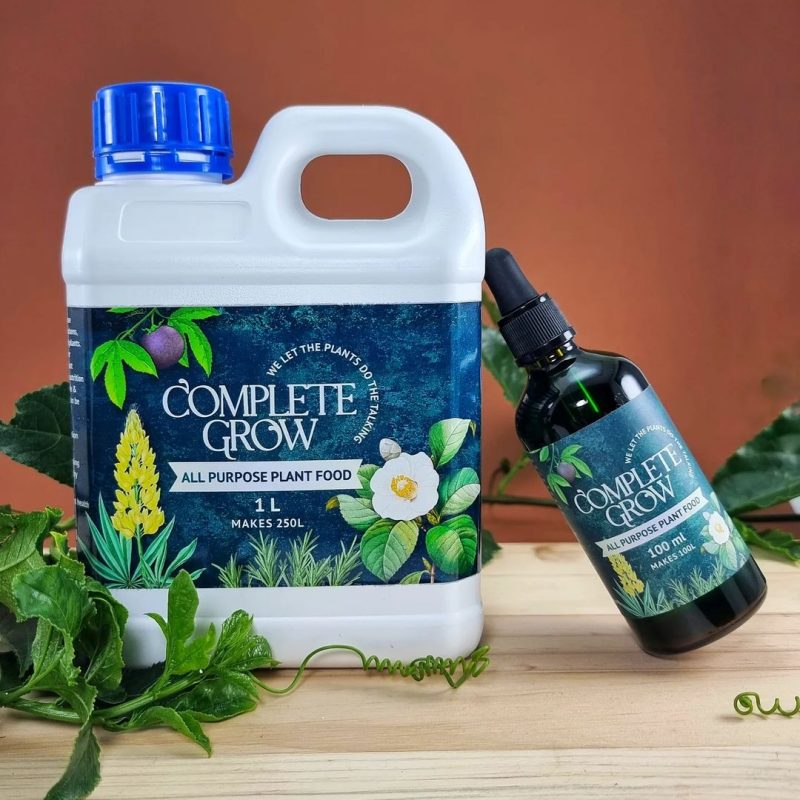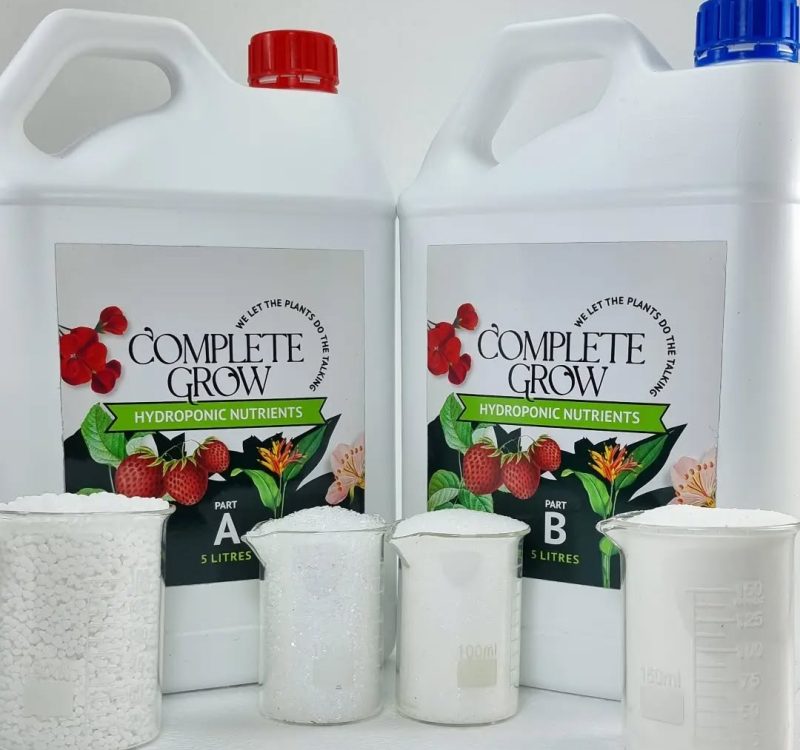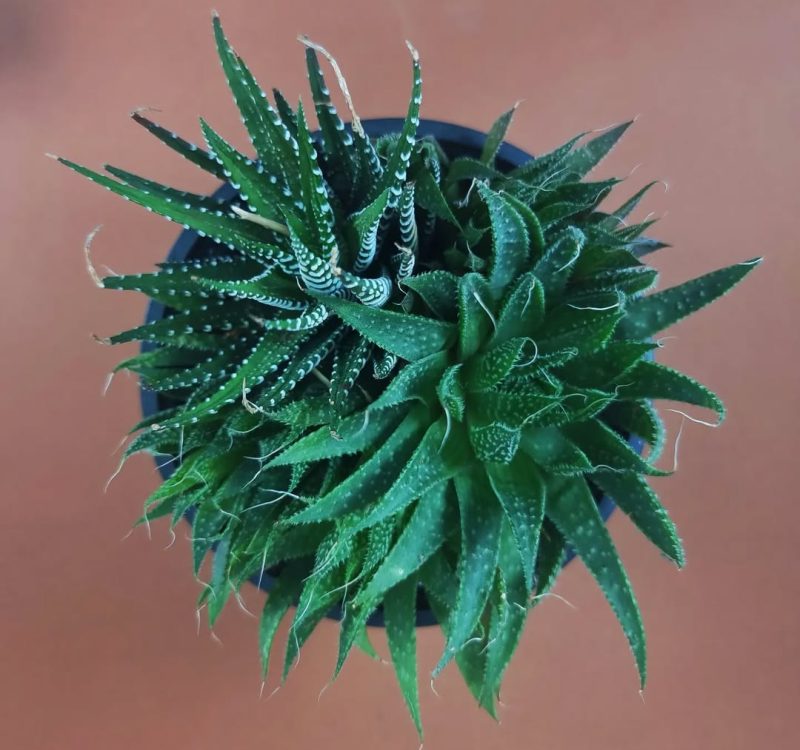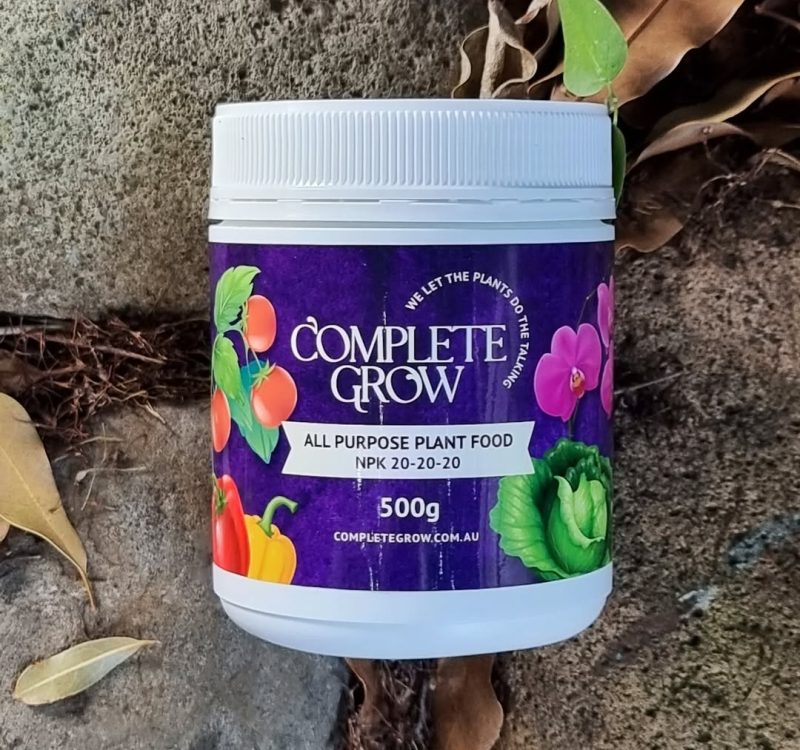lemon tree
Transform Your Garden into a Personal Paradise!
Why Are My Lemon Tree Leaves Yellow?
Yellowing leaves on lemon trees are one of the most common problems faced by Australian gardeners. While some seasonal leaf drop is normal, widespread yellowing usually signals a fertiliser imbalance or nutrient deficiency. Knowing what your lemon tree is missing — and correcting it — is the key to restoring healthy green foliage and strong fruit production.
In most cases, yellow leaves point to a lack of nitrogen, the nutrient responsible for leafy growth and chlorophyll production. Without enough nitrogen, older leaves fade to pale yellow while new shoots appear weak. Other nutrients like iron and magnesium also play a role: iron deficiency shows as yellowing between the veins of young leaves, while magnesium deficiency affects the older leaves first. Poor feeding routines, overwatering, or using the wrong fertiliser can all contribute to these symptoms.
By diagnosing the type of yellowing and applying the right fertiliser at the correct time of year, you can bring your lemon tree back to health quickly. Consistent seasonal feeding is the best way to prevent recurring yellow leaf problems.
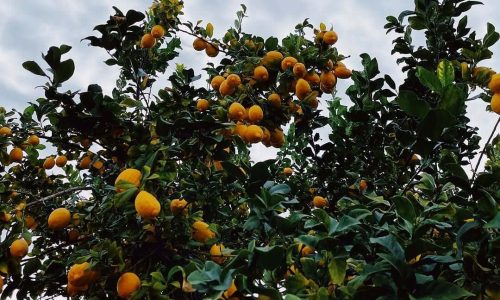
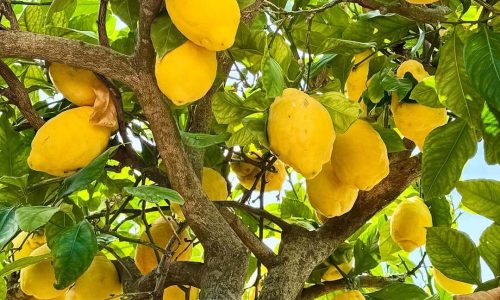
Fertiliser Problems That Cause Yellow Leaves
Yellow leaves often come down to how, when, and what fertiliser is applied. The main issues include:
- Nitrogen Deficiency: The most common cause. Without enough nitrogen, leaves lose their green colour starting from the older foliage, reducing the tree’s ability to photosynthesise.
- Magnesium Deficiency: Yellowing starts around the edges of older leaves, leaving green in the centre. This happens when fertilisers don’t supply enough magnesium for citrus needs.
- Iron Deficiency: Younger leaves turn pale yellow with green veins. Often caused by soil pH being too high, preventing roots from absorbing iron even if it’s present.
- Over-fertilising: Applying too much high-nitrogen fertiliser in one go can damage roots, leading to patchy yellowing and leaf drop.
- Poor Fertiliser Timing: Many gardeners feed lemons once a year, but citrus need consistent feeding during active growth — in early spring, mid-summer, and autumn.
The solution is a balanced fertiliser that provides nitrogen, phosphorus, potassium, and trace elements like magnesium and iron. Complete Grow NPK 20-20-20 delivers this balance in both liquid and powder forms, ensuring steady green growth and sustained fruit production. Regular feeding every 4–6 weeks through the growing season keeps nutrient levels stable and prevents deficiencies from developing.
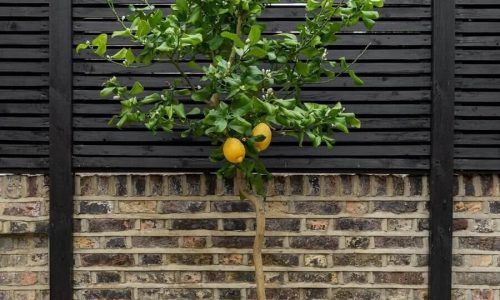
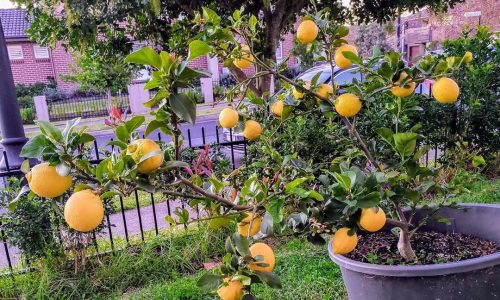
FAQs About Yellow Lemon Tree Leaves
Why are the leaves on my lemon tree turning yellow?
Most often it’s nitrogen deficiency. Older leaves turn yellow first when the tree can’t get enough nitrogen to maintain chlorophyll.
Can overwatering cause yellow leaves?
Yes. Waterlogged soil reduces root oxygen and nutrient uptake, causing leaves to yellow. Ensure pots and garden soil drain freely.
What is the best fertiliser for yellowing lemon trees?
A complete fertiliser such as Complete Grow 20-20-20 Liquid or Powder restores nitrogen, magnesium, and trace minerals, correcting deficiencies quickly.
How often should I fertilise lemon trees?
Every 4–6 weeks during spring, summer, and autumn. Avoid heavy winter feeding when the tree is less active.
Can I fix yellow leaves quickly?
Yes. Liquid fertiliser applications are absorbed faster than granular, helping restore leaf colour within weeks.
Recommended Products
- Quick View
- Select options This product has multiple variants. The options may be chosen on the product page


